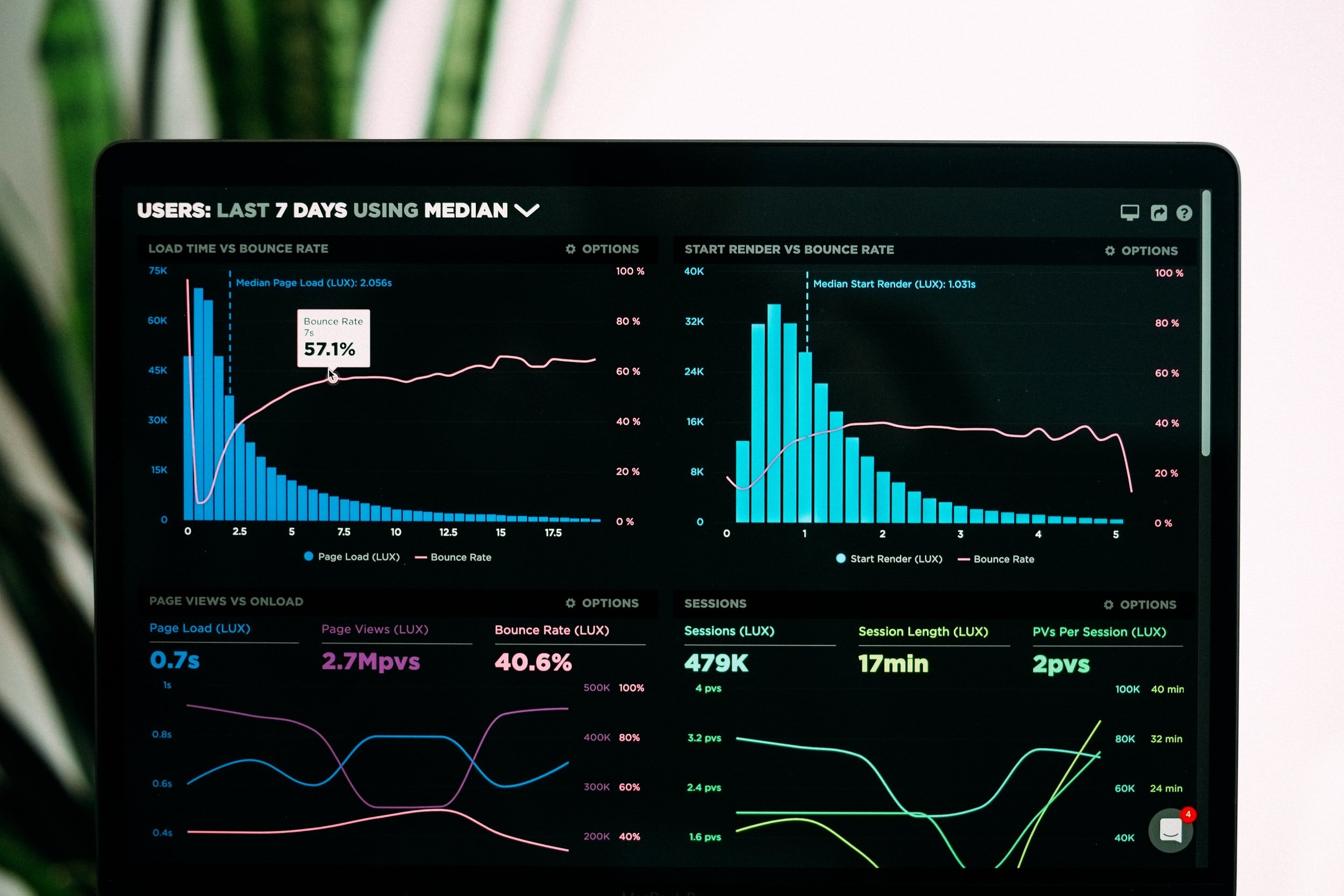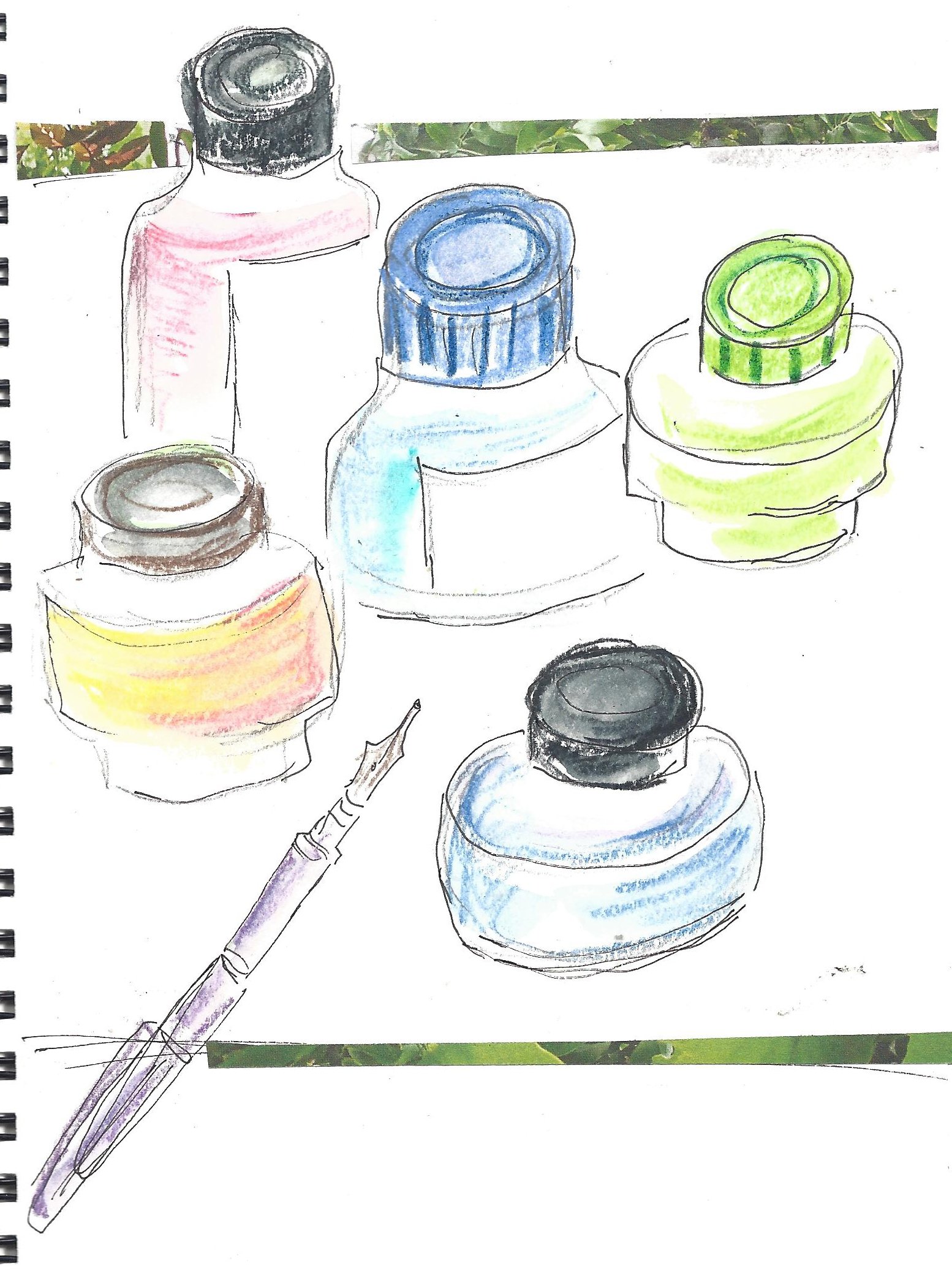Writing for Journals: Editorials with Practical Suggestions
by Janet Salmons, PhD, Research Community Manager for Sage Methodspace
Dr. Salmons co-authored Publishing from your Doctoral Research: Create and Use a Publication Strategy with Helen Kara.
Who knows more about the selection process for journals than editors?
Editors care about the quality, credibility, and readability of the articles published in their journals. They want the process from submission to publication to go smoothly, with respect for reviewers’ time. Luckily, editors share their observations about common obstacles provide advice to prospective writers. To gain an overview of priorities and recommendations, I surveyed a selection of recent editorials in Sage journals. This collection is open access. While each journal has its own focus and expectations vary across disciplines, the suggestions made will be useful to anyone who is planning or writing an article.
American Journal of Health Promotion
Terry PE. Improving Your Odds of Getting Published in this Journal. American Journal of Health Promotion. 2022;36(5):761-764. doi:10.1177/08901171221097849
Now in its 36th year of publication, The American Journal of Health Promotion (AJHP) is privileged to attract worldwide manuscript submissions from highly accomplished researchers and practitioners. Getting published in this journal has gotten quite competitive with less than 20% of submissions making it through our review process and into print. Our current impact score of 2.870 makes getting research published in AJHP well worth the effort for those with a goal of wide dissemination and frequent citations. This editorial aims to increase your chances of getting published in this journal by summarizing those issues that most often lead to a paper’s rejection, even for an otherwise well executed study. Though our submission guidelines are detailed and clear, we find contributors, particularly those with less publishing experience, often neglect fastidious adherence to our author instructions and writing standards. READ THE EDITORIAL.
Action Research
Friedman, V. J., Gray, P., & Ortiz Aragón, A. (2018). From doing to writing action research: A plea to ARJ authors. Action Research, 16(1), 3-6. https://doi.org/10.1177/1476750318763041
The purpose of this editorial is to invite our readers and authors to inquire into the quality of manuscripts submitted to the journal, together with the ARJ Editorial Board. We greatly appreciate the amazing range of difficult issues that action researchers address and the tremendous variety of AR approaches used to do so. Through the journal, we aim to contribute to development of Action Research, raise the status of AR in the world of academia, and cultivate a community of practitioner/academics who are trying to change the world. READ THE EDITORIAL.
Bulletin of Sociological Methodology/Bulletin de Méthodologie Sociologique
Inclusive writing, a history in the making. (2022). Bulletin of Sociological Methodology/Bulletin de Méthodologie Sociologique, 153(1), 6-7. https://doi.org/10.1177/07591063211061758a
We seize the opportunity of this special issue of the BMS: ‘Investigating gender today’, to detail our position, as editors, on inclusive writing. Whether and how to feminise some of the writing is the subject of sometimes radical positions, for the French language in particular, but not only1. Inclusive writing is thus one of many issues at stake in the denunciation of systems of domination – patriarchal, but also postcolonial and capitalist. The human and social sciences, whether history, psychology, linguistics or sociology, provide a number of arguments to support the demand for a greater visibility of the feminine in the French language (in particular): from the demonstration of the historical nature of affirming the masculine as the neutral gender, to the effects of the masculinization of job names on the professional aspirations of young women. But these arguments are, like all scientific arguments, themselves debatable. READ THE EDITORIAL.
Entrepreneurship Theory and Practice
Shepherd, D. A., & Wiklund, J. (2020). Simple Rules, Templates, and Heuristics! An Attempt to Deconstruct the Craft of Writing an Entrepreneurship Paper. Entrepreneurship Theory and Practice, 44(3), 371-390. https://doi.org/10.1177/1042258719845888
Although there are a number of excellent suggestions from editors on how to conduct, structure, and publish research in general, we thought it would be useful to offer some guidance from an entrepreneurship perspective. Writing this paper allowed us to reflect on our work as authors, reviewers, and editors to offer some advice in the form of simple rules for conducting entrepreneurship research, templates for structuring entrepreneurship research, and heuristics for writing entrepreneurship research. While not exhaustive, we have focused on the “rules of thumb” that have served us well and we hope that others find them useful. READ THE EDITORIAL.
Hispanic Health Care International
Enriquez M. Six Tips for Success: Writing for Publication. Hispanic Health Care International. 2022;20(1):2-3. doi:10.1177/15404153211066996
A recent comment from a doctoral student motivated me to write this editorial which discusses my own “lessons learned” about successful writing for publication. The student told me that to graduate, acceptance of a peer-reviewed manuscript is required in his doctoral program. The student commented that he was “clueless” about writing for publication, didn’t know much about the peer review process, and was not sure how to deal with rejection of his manuscript—if that were to be the outcome. The student's comments took me back in time to my own journey with writing for publication. Indeed, I was truly clueless when I submitted my first manuscript. However, I was fortunate to have helpful professors, and later colleagues, who showed me the path to publication success. READ THE EDITORIAL
Human Resource Development Review
Wang, J. (2019). Becoming a Responsible Writer. Human Resource Development Review, 18(2), 167-172. https://doi.org/10.1177/1534484319848286
Writing for publication is expected in the academic world. As researchers, our ability to engage in research is just one step toward making an impact in the world of research and practice. Research, no matter how well designed and conducted, would not be meaningful if it is not shared with the public. In this sense, our identity as academics is, first and foremost, as a professional writer who tells the stories of their research. In fact, Corbett, Cornelissen, Delios, and Harley (2014) did indeed consider academic papers as examples of storytelling. READ THE EDITORIAL.
Wang, J. (2018). Making a Difference Through Quality Manuscript Review. Human Resource Development Review, 17(4), 339-348. https://doi.org/10.1177/1534484318809724
In the world of practice, we recognize the importance of providing meaningful or helpful feedback on individual performance. The same is true in the world of scholarship. How we advance our knowledge in the field of human resource development (HRD) depends on many things, among which is high-quality research. Our ability to provide constructive feedback on our fellow researchers’ scholarship is essential for us, not just as a reviewer but also as a writer. With good feedback, we are better positioned to make improvement. This editorial serves two purposes: (a) to provide an opportunity for scholars to engage in a deep and critical reflection on our own practice as a reviewer, and (b) to provide some guidelines for constructing an effective review. It is hoped that this editorial will provide you with a reference tool and, more importantly, prompt your actions toward self-improvement. In the reminder of this editorial, I will address three questions related to peer reviews: Why, What, and How. READ THE EDITORIAL.
International Journal of Qualitative Methods
Galdas, P. (2016). Who Is Writing What? A Proposed Taxonomy of Roles and Responsibilities When Collaboratively Writing a Research Proposal. International Journal of Qualitative Methods, 15(1). https://doi.org/10.1177/1609406916684290
Think back to when you were last listed as an author on a publication—what level of involvement did you have? Did you write a specific section that was asked of you by the lead author? Go through the manuscript with a fine toothcomb making changes that improved the clarity of the arguments? If you were lead author, did you write the initial draft? Receive contributions back from your collaborators that may not have entirely met your expectations? All researchers who have written with others for publication in a peer-reviewed journal will have experience of, and probably some stories to tell about, the process of determining who should be listed as an author on a manuscript and in what order. As authorship is academic currency, disagreements can often happen with colleagues who may feel their level of contribution or amount of effort has not been given adequate recognition. READ THE EDITORIAL
Liebenberg, L. (2016). Writing to Learn: Why We Should Write, Rewrite, and Rewrite Again. International Journal of Qualitative Methods, 15(1). https://doi.org/10.1177/1609406916676150
When we view writing as a method,…we experience “language-in-use,” how we “word the world” into existence.
Richardson (2000, p. 923)
As researchers, we know that we write to share with others: share theory, share process, and share findings. What we may think about less often is writing to develop and refine our own thinking around theory, process, and findings: active and engaged writing. Active writing requires that we rethinkhowwe write and theimpactof that writing. These considerations are particularly important both for the quality of our work and our continued efforts to promote the publication of qualitative research (Clark & Thompson, 2016). READ THE EDITORIAL
Mitchell, K. M., & Clark, A. M. (2018). Five Steps to Writing More Engaging Qualitative Research. International Journal of Qualitative Methods, 17(1). https://doi.org/10.1177/1609406918757613
Why are we reading, if not in hope of beauty laid bare, life heightened and its deepest mystery probed?
Annie Dillard
Qualitative data speak to some of the most profound and transcending human experiences. As researchers we write, we teach, or we engage to give voice to the voiceless, and we often seek to foster influence and understanding where none has been. Yet, despite the most human of subject matter, our writing of qualitative research often fails. It can be conventional, formulaic, and, sometimes, even stilted. Where can the potential of our qualitative work find place in our qualitative writing? READ THE EDITORIAL
Mitchell, K. M., & Clark, A. M. (2021). Enhance Your Qualitative Analysis with Writing: Four Principles of Writing as Inquiry. International Journal of Qualitative Methods, 20. https://doi.org/10.1177/16094069211057997
Sometimes life still surprises. And in good ways too. The unexpected response to our editorial: “5 Steps to Writing More Engaging Qualitative Research” (Mitchell & Clark, 2018) compels us to share more on how to use writing not just as a means to communicate research, but as its very aid. Writing not just of research but as research.
We had aimed in that editorial to consider strategies those doing qualitative research could use to enliven and create spark in their qualitative research paper-writing. To not only help participant stories to better shine but for qualitative writers themselves to feel and be transformed by their data. Writing, for us, is more than passive impartation of research results: rather, we sought researchers to be freer to express themselves in their qualitative writing and be liberated from the boxed-in confines of objectivism implicit in many accounts of what writing is and should be in research writing genres. READ THE EDITORIAL.
Journal of Management Scientific Reports
King, A. A. (2023). Writing a useful empirical journal article. Journal of Management Scientific Reports, 0(0). https://doi.org/10.1177/27550311231187068
The impact of research depends on how well readers can understand and use published reports, yet as researchers we often fail to consider what our readers need. Instead, we structure reports to match a socially accepted, but often inappropriate, standard design – the “hourglass”. In this essay, I suggest that when writing a report, we should adjust our reporting style to suit our target readers. I outline four reporting templates for quantitative empirical studies that are suited to differing reader needs. READ THE EDITORIAL.
Journal of Music Teacher Education
Austin, J. R. (2020). Writing Quality Matters. Journal of Music Teacher Education, 29(2), 7-9. https://doi.org/10.1177/1057083719900455
The difference between the almost right word and the right word is really a large matter—‘tis the difference between the lightning bug and the lightning.
—Mark Twain (from The Wit and Wisdom of Mark Twain: A Book of Quotations)
December is one of those months when faculty are immersed in reading and grading student papers. Conversations among faculty inevitably turn to matters of writing quality. Why is it that some students write clearly and with a voice that compels the reader to continue, while others struggle with organization, flow, use of language, basic grammar, and punctuation? Does good writing reflect the influence of nature or nurture? Or does it require an absence of neuroses? If writing quality matters, why is high quality writing so uncommon? READ THE EDITORIAL.
Journal of Perioperative Practice
Phillips V, Barker E. Writing for publication: Structure, form, content, and journal selection. Journal of Perioperative Practice. 2021;31(6):230-233. doi:10.1177/1750458921996249
This article provides an overview of writing for publication in peer-reviewed journals. While the main focus is on writing a research article, it also provides guidance on factors influencing journal selection, including journal scope, intended audience for the findings, open access requirements, and journal citation metrics. Finally, it covers the standard content of a scientific journal article, providing general advice and guidance regarding the information researchers would typically include in their published papers. READ THE EDITORIAL
Planning Theory
Chettiparamb, A. (2022). Editorial: Academic professional journals and professional practice. Planning Theory, 21(1), 3-7. https://doi.org/10.1177/14730952211073329
In my last editorial (Chettiparamb, 2021), I tried to briefly reflect on the relationship of planning theory and the planning discipline. In this editorial, I reflect upon the relationship between academic journals and professional practice more generally, while relating to various formats of publication that academic professional journals in general, and Planning Theory in particular, engage with. I intend to argue that academic professional journals are not just venues where academics speak to academics, but are also devices that safeguard professional practice. READ THE EDITORIAL.
Update: Applications of Research in Music Education
Silvey, B. A. (2023). Comments From the Editor: Write Right. Update: Applications of Research in Music Education, 41(3), 3-4. https://doi.org/10.1177/87551233231173535
Along with my wonderful editorial assistant, I review all manuscripts for general acceptability when authors submit them to Update. Although my initial overview is cursory, the reviews undertaken by our Editorial Board in helping our authors improve all aspects of their writing from the conceptual to the granular are not. I have always thought it would be fascinating for prospective authors to see how the submitted manuscript differs from the one that is ultimately published. In nearly all cases, there are substantial changes made during the review process. Given the myriad of feedback that is received from authors by the Editorial Board, me, and the copyediting team at Sage, the final product that appears online is a collaborative effort. Having seen the types of comments that are provided from our Editorial Board (and ones that I have received from anonymous peer reviews of my own research), I would like to provide eight general writing tips that I think will prove helpful for graduate music education students, novice researchers, and even experienced authors when submitting their academic work. READ THE EDITORIAL.
































Look candidly at your unfinished project. Is it a stepping stone, and completion will be allow you to move ahead? Or is it an obstacle that prevents you from moving forward? Find ideas to help you determine whether to revive that piece of writing or let it go.